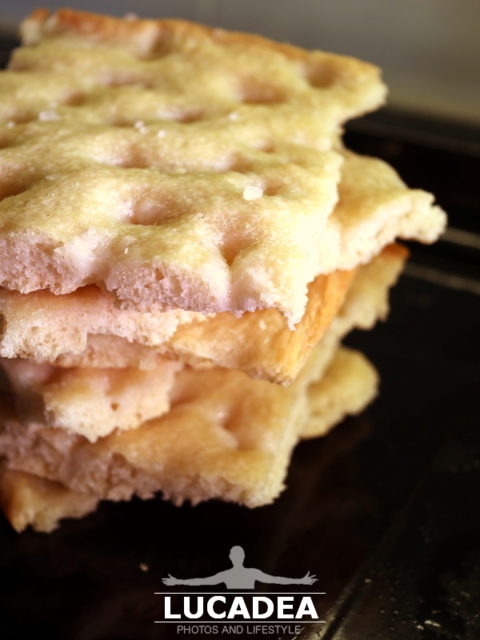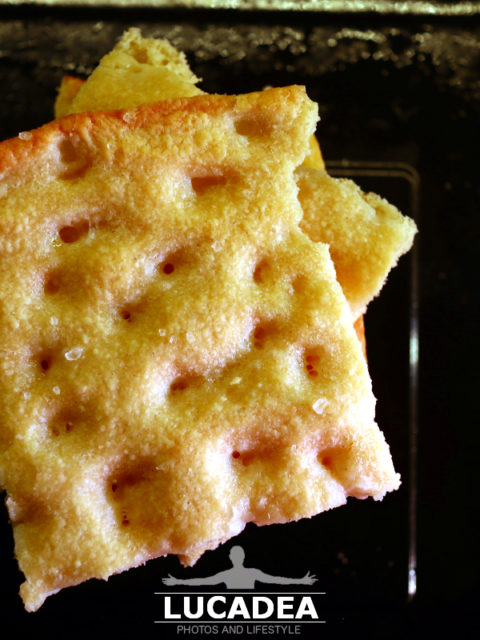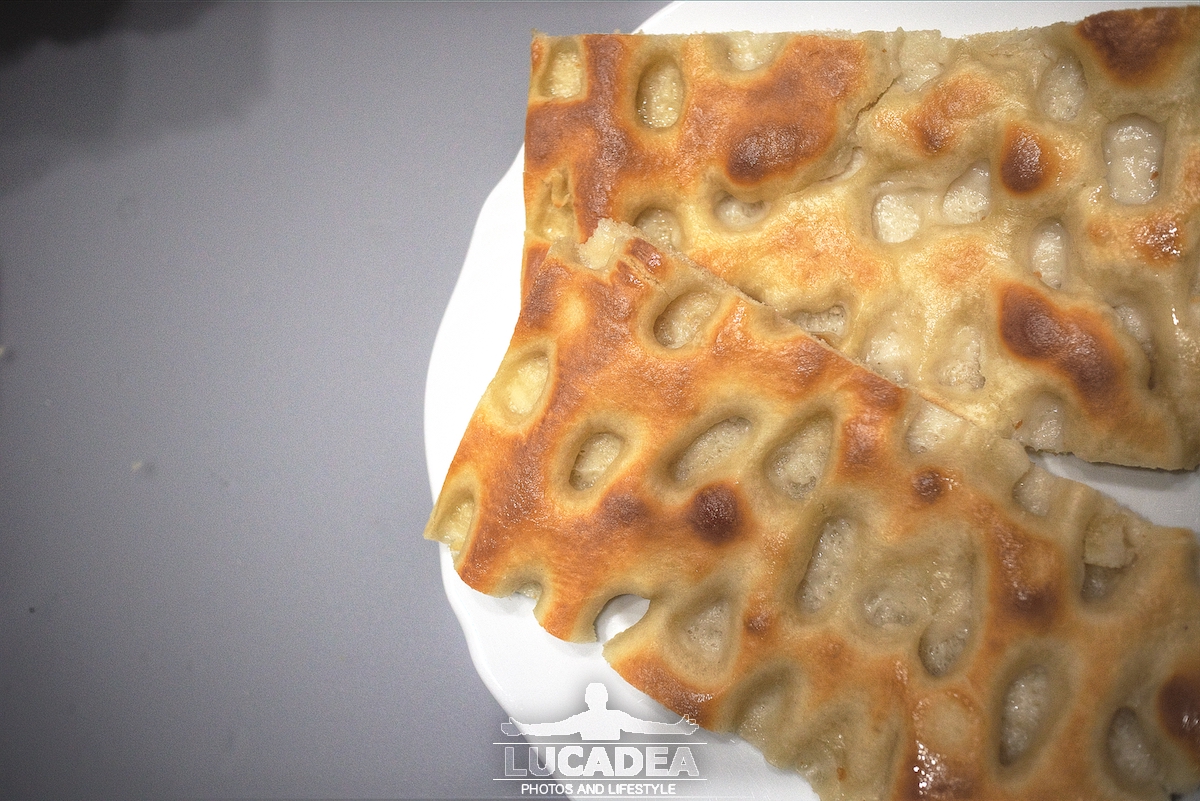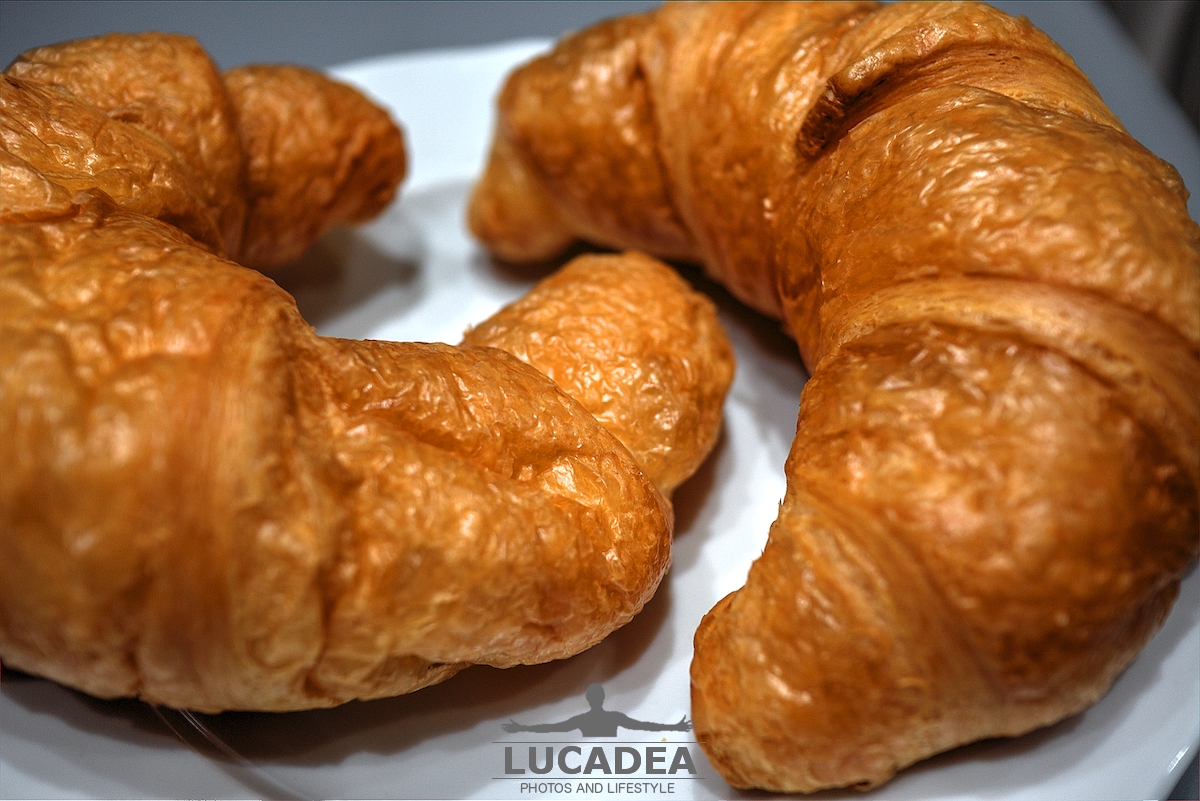A plate of Jamón enjoyed in Tenerife.
In the vast culinary landscape of Spain, few delicacies evoke a sense of tradition and taste like Jamón, Spanish ham. This gastronomic masterpiece, synonymous with excellence and craftsmanship, is a staple in the country's culinary culture, celebrated both nationally and internationally for its quality and complexity of flavour.
The history of Spanish Jamón dates back centuries, when the art of preserving and curing pork became an essential part of Spanish gastronomic culture. The first historical traces of this practice date back to Roman times, but it was during the period of Muslim rule in Spain (711 to 1492) that this preservation technique reached new levels of refinement and perfection.
Spanish Jamón is produced primarily using the hind legs of the pig, a part rich in infiltrated fat that gives the ham its characteristic tenderness and intense flavour. The production process is an art that requires time, care and mastery. After salting, the legs are hung to dry and mature, which can last from a minimum of twelve months to several years, depending on the type of Jamón and the level of quality desired.
There are several varieties of Spanish Jamón, each with its own distinctive characteristics. Among the most renowned are Jamón Ibérico and Jamón Serrano. Jamón Ibérico, considered the most prized, comes from Iberian pigs and offers a complex and deep flavour, enriched by intramuscular fat that comes from an acorn-based diet. Jamón Serrano, more accessible but still delicious, is produced from pigs of different breeds and offers a more delicate but equally satisfying flavour.
Spanish Jamón is much more than just a food; it is a true sensory experience. Its succulent and tasty meat, enriched with the right balance of fat, melts in the mouth, giving the palate a symphony of complex flavors and aromatic nuances. It is commonly enjoyed sliced thinly and served with crusty bread and a good Spanish wine, in a celebration of tradition and conviviality.
Spanish Jamón is not just a food, but a cultural icon that embodies the essence of Spanish cuisine. Its production has been celebrated and regulated, with consortia and designations of origin working to preserve its authenticity and quality. In addition to being a pillar of Spanish gastronomy, Jamón has conquered the palates of gourmets around the world, becoming an ambassador of Spanish cuisine in international markets.
In conclusion, Spanish Jamón is much more than just food; it is a symbol of tradition, craftsmanship and taste. With its rich history and extraordinary flavour, Jamón embodies the soul of Spanish culinary culture and remains one of its greatest gastronomic delights.
Do you like Spanish ham?
Add your own comment or go to the bottom of the site to read what other visitors have written.
Photo taken with Honor 20.
A dish of jamon enjoyed in Tenerife – Un plat de jambon apprécié à Tenerife – Un plato de jamón que se disfruta en Tenerife – Um prato de jamon apreciado em Tenerife – Ein auf Teneriffa beliebtes Schinkengericht – Một món mứt được thưởng thức ở Tenerife
The text of the post was written with the help of ChatGPT, a language model from OpenAI.





















